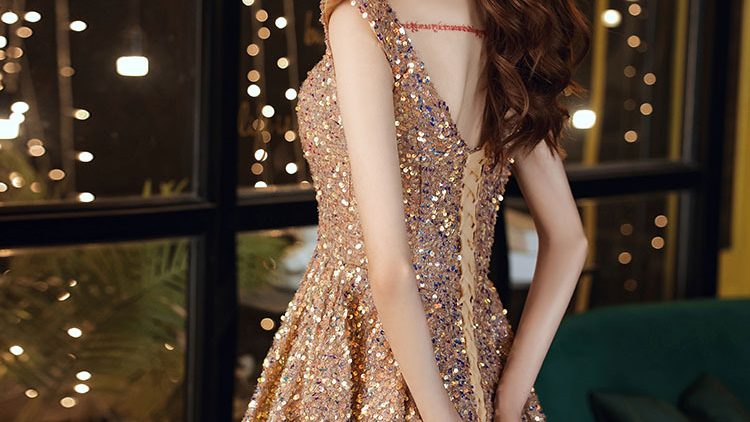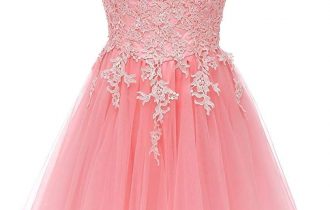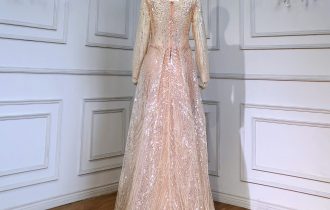A Journey Through Fashion History: Evolution of Dresses
Fashion is an ever-changing landscape, and one of its most captivating aspects is the evolution of dresses over the centuries. From the opulent gowns of the past to the minimalist designs of the present, dresses have undergone remarkable transformations while leaving an indelible mark on the world of style. In this article, we embark on a journey through fashion history, tracing the development of dresses and exploring the cultural, social, and artistic influences that have shaped these iconic garments.
The Beginnings: Dresses in Ancient Times
The history of dresses can be traced back to ancient civilizations, where draped garments were worn by both men and women. In ancient Egypt, flowing linen dresses were favored for their comfort and breathability in the scorching heat. Meanwhile, in ancient Greece, women adorned themselves with elegant chiton dresses, while the toga was the garment of choice for Roman citizens.
The Medieval Era: Elegance and Structure
As societies evolved, so did dress styles. The medieval era brought about dresses with a more structured silhouette, featuring corsets and layers of fabric. Women’s gowns often had tight bodices and voluminous skirts, emphasizing a desired hourglass figure. The opulence of fabrics and embellishments denoted social status, with royalty and nobility donning extravagant gowns adorned with precious jewels and intricate embroidery.
The Renaissance: Artistic Expression in Dress
The Renaissance period was a true turning point in fashion history, as art and creativity influenced dress styles. The Italian Renaissance, in particular, saw an emergence of beautifully designed dresses with rich colors and elaborate details. Women’s dresses showcased a natural waistline and puffed sleeves, while the silhouette emphasized a more slender figure. Artistic expression extended to the fabric itself, with sumptuous fabrics like velvet and silk becoming popular choices.
The Age of Enlightenment: Simplicity and Neoclassicism
In the 18th century, the Age of Enlightenment brought about a shift towards neoclassicism in fashion. Dresses became simpler and more inspired by ancient Greek and Roman dress styles. Women’s gowns featured high waists and flowing fabrics, reflecting a desire for a more natural and graceful appearance. Pastel colors and delicate embellishments complemented the elegant designs.
The Victorian Era: Elaborate Elegance
The Victorian era was synonymous with elaborate dresses and intricate detailing. Women’s dresses during this period featured voluminous skirts, tightly fitted bodices, and layers of petticoats. The emphasis on modesty was reflected in high collars and long sleeves. Queen Victoria’s wedding dress, with its white satin and lace, set a trend that continues to influence bridal wear to this day.
The Roaring Twenties: Flapper Dresses and Liberation
The 1920s brought about a dramatic shift in dress styles as women embraced a newfound sense of liberation. Flapper dresses, with their dropped waistlines and short hemlines, became a symbol of the era’s carefree spirit and rebellion against traditional norms. The Jazz Age also saw the emergence of Art Deco-inspired designs and bold geometric patterns.
The Mid-20th Century: The Little Black Dress and Hollywood Glamour
The mid-20th century witnessed iconic dress moments that have stood the test of time. Coco Chanel introduced the “little black dress” in the 1920s, which became a timeless wardrobe essential for women. Hollywood glamour influenced fashion, with actresses like Audrey Hepburn and Marilyn Monroe setting trends with their elegant and sensuous dress choices.
Contemporary Fashion: A Fusion of Styles
In the modern era, fashion has become a melting pot of styles, with designers drawing inspiration from various periods in history. Contemporary dress designs range from minimalist and avant-garde to retro and vintage-inspired. The fashion industry embraces diversity and inclusivity, offering dresses for every body type and style preference.
The journey through fashion history reveals the dynamic and ever-changing nature of dress styles. From ancient drapery to the opulence of the Victorian era and the liberation of the flapper dresses, dresses have evolved to reflect the values, beliefs, and aspirations of each era. As we move forward, the legacy of fashion’s past continues to inspire designers, ensuring that the evolution of dresses remains an exciting and captivating aspect of the ever-evolving world of style.











